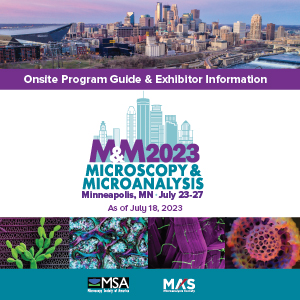Ken Harada (he/him/his)
CEMS, RIKEN (Institute of Physical and Chemical Research), Japan
Ken Harada, Ph.D., is Senior Scientist at RIKEN Center for Emergent Matter Science, working on condensed matter physics research using electron microscopes and developing new technologies for electron microscopes since October 2015. His current research interests include physics of electron interference problems, particularly quantum mechanical particle/wave duality, and electron vortex beam physics using 1-MV and 1.2-MV field emission transmission electron microscopes (FE-TEMs).
From 1991 to 2015, he was at the Hitachi Advanced Research Laboratory in the research group of Dr. Akira Tonomura, first working mainly on observations of dynamic behavior of quantized magnetic fluxes (fluxons) in superconductors. In 1992, he together with Dr. Tonomura and his research members published in Nature “Real-time observation of vortex lattice in a superconductor by electron microscopy” using Lorentz microscopy for the first time in the world. Subsequent results on dynamics of fluxons in superconductors (Nb and Bi-2212) using Lorentz microscopy and electron holography were published in Science and Physical Review Letters. Furthermore, he invented and developed the 3-dimensional magnetic field application system for 1-MV FE-TEM to perform fluxon observation.
During his RIKEN-Hitachi joint appointment period (2001-2007), he developed the double-biprism interferometer system, which is now widely used for flexible control of the electron interference. This interferometer can independently control fringe spacings and interference widths without generating Fresnel fringes in the interference region. Utilizing this system, he developed new types of electron holography, such as Fraunhofer electron holography and lens-less Fourier transform electron holography. In addition, he invented the novel Foucault imaging methods in Lorentz microscopy, such as twin Foucault imaging, lens-less Foucault imaging, and hollo-cone Foucault imaging methods.
He received his Ph.D. in applied physics on electron holography in 1991 from Osaka University in Japan, under the guidance of Professor Ryuichi Shimizu.
He published more than 127 refereed technical papers and obtained 68 patents.
Poster(s):
-
Thursday, July 27, 202310:00 AM - 12:00 PM US CST

